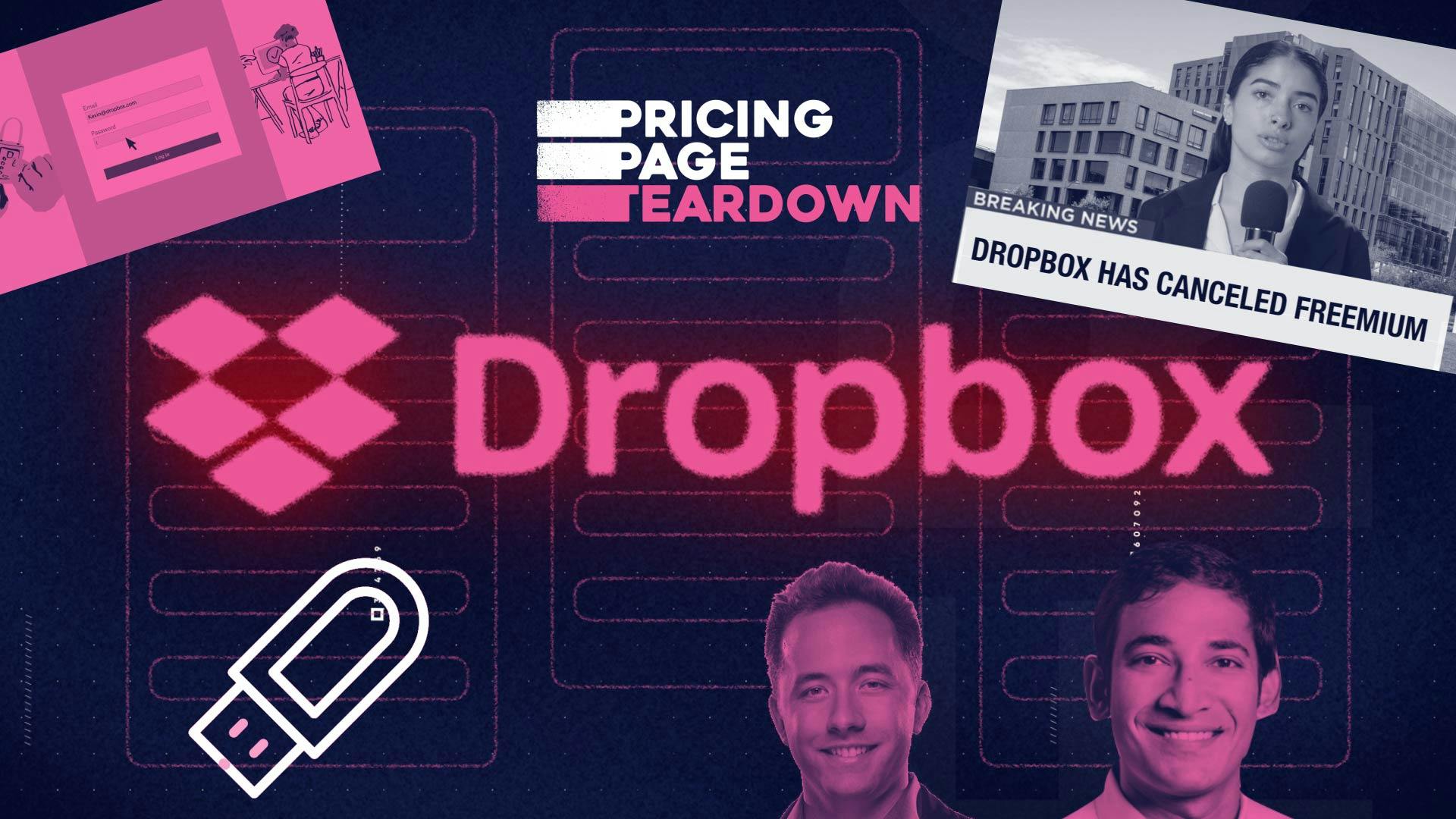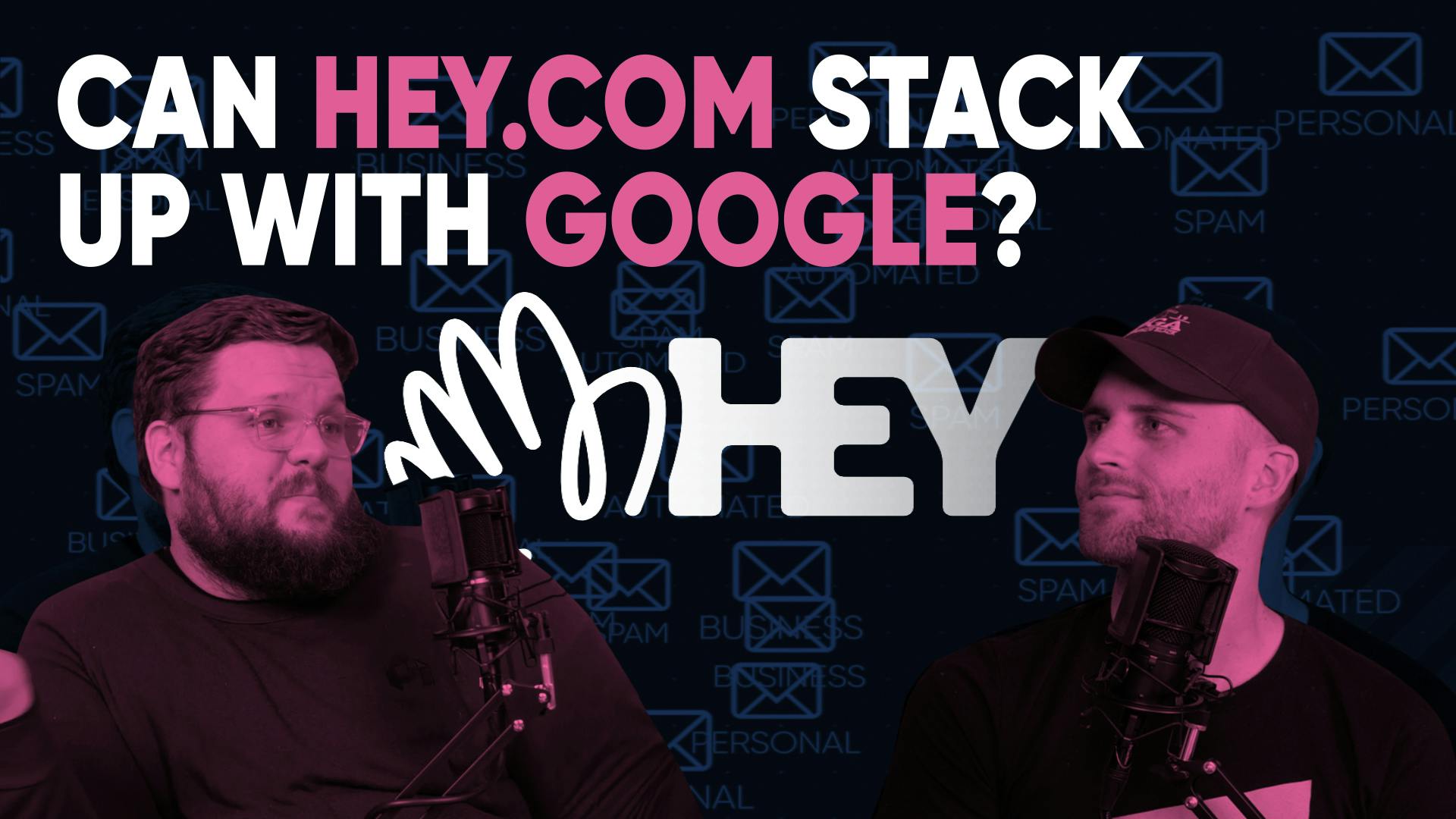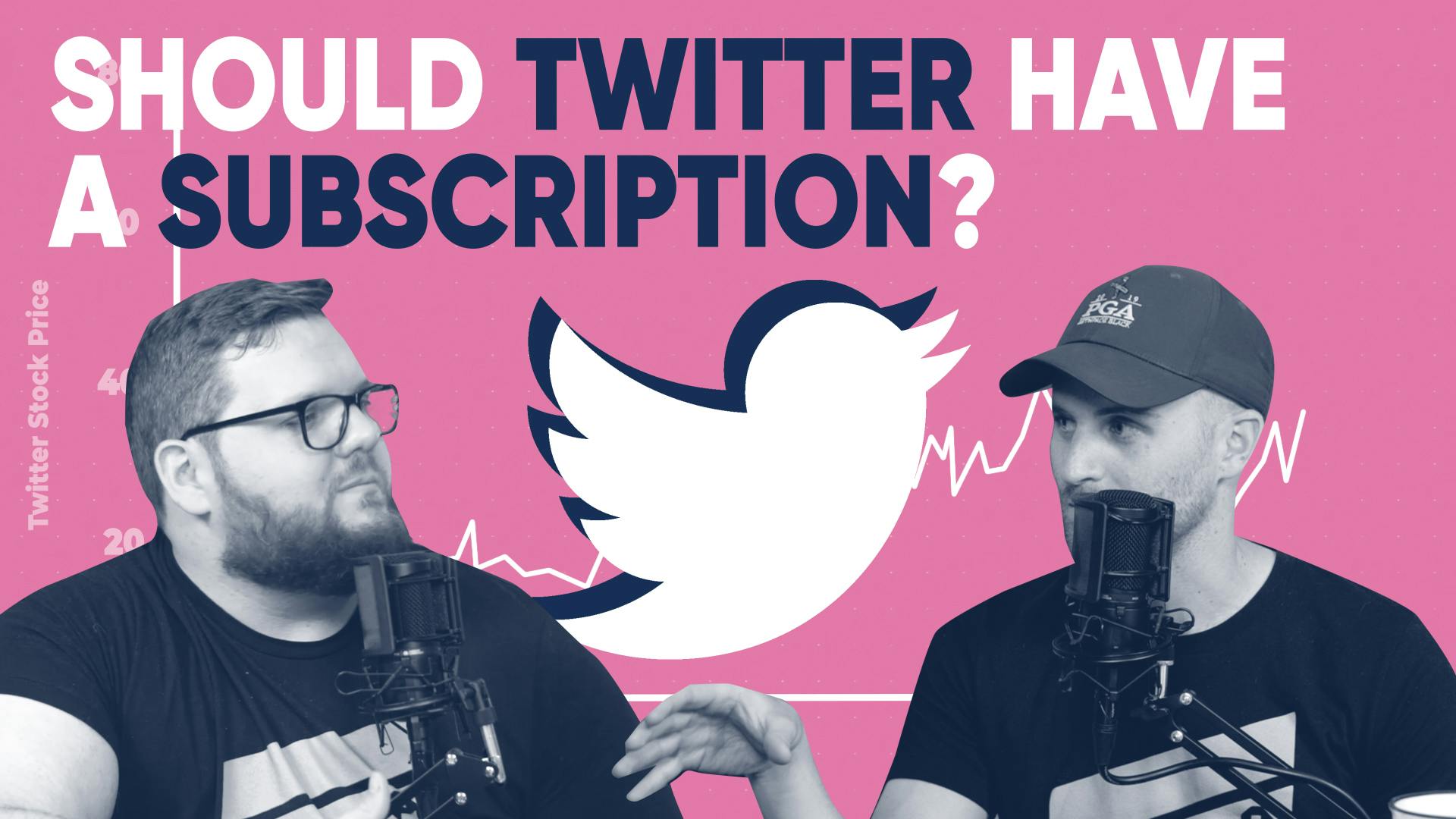
Time Magazine is Making a Massive Pricing Mistake
Overview of Time
In the realm of pricing advice, Time Magazine has always stood as a significant player. Having been a mainstay on American shelves since its inception, Time is not just about physical copies anymore. A century after it started, they are now offering digital subscriptions to customers worldwide. As an industry legend worth over four and a half billion dollars, they are making strides but still committing a crucial error with their pricing strategy, an error which most of us are probably making as well.

Background of Time
Time Magazine was established in 1923 by Briton Hadden and Henry Luce, making it the first weekly news magazine in the United States. The publication has helped shape the world with articles surrounding important issues in health, economics, politics, and science. With its iconic red logo and Person of the Year feature, Time Magazine became one of the most recognizable brands in the world.
Facing declining print magazine sales and a shift in media consumption habits, Time adapted to the digital era by making a considerable pivot towards online and digital subscriptions. With video content, multimedia storytelling, and interactive features, they managed to attract and retain digital subscribers. However, despite their massive progress in transitioning to the digital era, the question remains – is their pricing strategy outdated?
Reaction to Time's Pricing Page
Digging into Time’s pricing page, three plans stand out: the monthly plan, the annual plan, and the biannual plan. But, here's where the complication arises. Time's price anchors and plan lengths are too confusing for the potential subscriber. They struggle with accurately communicating what each plan entails and how much it will cost in the long run.
Despite this, one thing that Time does extremely well is their gift subscriptions and student rate subscriptions. Catering to various types of readers all around the world, they offer special packages for those who love the product and want to gift it to their loved ones or students looking for quality content at a reduced price.
However, Time is significantly cheaper than it ought to be. When someone opts in and comes to the landing page, seeing a price as low as $3.99 per month could be confusing. This could lead to potential customers questioning the quality of the product because it's too cheap.

Takeaways
Utilize Gifting and Student Discounts
- When you have a fragmented market, providing gift options and special rates for particular segments of your audience can prove effective. Time’s student rate and gift options allow customers to easily bring more readers into the fold. This strategy could be beneficial for businesses looking to expand their customer base.

Don't Be Too Cheap
- Time’s pricing strategy is too cheap. This not only causes them to miss out on potential revenue, but it can also cause customers to question the quality of the product. By increasing their prices, they can overcome poor anchoring and plan length issues that they are currently experiencing.

Utilize Internationalization
- Time does an excellent job at localization internationalization. They offer currency localization and demand base localization for their readers all around the globe. This strategy can help to meet the differing willingness to pay in different regions, allowing companies to maximize their profits based on regional preferences.

Recap
Time, a legendary magazine, offers a fascinating case study in the media industry's transition from print to digital. Despite having established a substantial digital presence, the company’s pricing strategy could use some refinement. The confusing presentation of pricing options and the incredibly low price point may detract potential customers. However, Time’s implementation of gifting options, student discounts, and effective localization practices provide valuable lessons for other businesses transitioning to digital platforms.
Need help with your pricing?
Price Intelligently by Paddle is revolutionizing how SaaS and subscription companies price and package their products. Founded in 2012, we believe in value-based pricing rooted in first-party research to inform your monetization strategies. We combine expertise and data to solve your unique pricing challenges and catapult growth.
00:00:00:01 - 00:00:05:14
Patrick
For all this pricing advice and how much more revenue they could be making, I'd better be time Person of the Year.
00:00:05:16 - 00:00:19:02
Steve
Welcome to pricing page tearDown where Paddles. Chief Strategy Officer Patrick Campbell breaks down what companies are doing well and not so well when it comes to their pricing strategy. Patrick, take it away.
00:00:19:04 - 00:00:44:02
Patrick
This week we're talking about time, the magazine that's been a standout on shelves in America since before any of us were probably born. However, fun fact, they're not just selling physical copies anymore. 100 years after they started, they're now offering digital subscriptions to customers all over the world. They're an industry legend that's worth over four and a half billion dollars, but they're making a crucial error with their pricing that you're probably making, too.
00:00:44:03 - 00:00:52:00
Patrick
Before we get into that, though, Steve, tell us a little bit more about the.
00:00:52:01 - 00:01:29:06
Steve
TIME magazine was established in 1923 by Bryan Hadden and Henry Luke, making it the first weekly news magazine in the United States. The publication has helped shape the world with articles surrounding important issues in health, economics, politics and science, with its iconic red logo and Person of the Year feature. Time Magazine became one of the most recognizable brands in the world and in the face of declining print magazine sales and a shift in media consumption habits, The times adapted to the digital era by making a considerable pivot towards online and digital subscriptions with video content, multimedia storytelling and interactive features to attract and retain digital subscribers with their 100 year old product, could their pricing
00:01:29:06 - 00:01:35:14
Steve
be antiquated? All that and more coming up.
00:01:35:16 - 00:01:55:21
Patrick
When we dig in on time. I mean, iconic, right? Like, I just when I go to their website, I want to see the magazine covers. What I really like is their video section. I think they can actually bring this up a little bit and make it a little bit less like every other news publication that's out there. Because times value prop was never like, Hey, they're going to have this like quick, hard hitting news.
00:01:55:22 - 00:02:11:05
Patrick
It was very much like, hey, we're going to be working through this story and we're going to get some really, really good, hard hitting, deep, nuanced points. I think they start off pretty strong here, basically right on the top of the website, though, from a monetization standpoint. Join the Time family today. It's a little needy, but that's fine.
00:02:11:05 - 00:02:31:05
Patrick
You know, again, I think if they kind of upscale the little bit of their homepage, it's one of those things that they could still have these particular offers and positioning as a family. It's a little bit of high risk, high reward there. I think some people, they don't want to be a part of the Bloomberg family because, you know, Bloomberg readers don't think of themselves and sincerely as fans.
00:02:31:07 - 00:02:48:20
Patrick
When I go to subscribe for $19, this is where the fun begins. Very, very, very simple pricing page. Extremely simple. Like so simple. It's almost like I feel like it's broken and I need to reload the page. But what's kind of fascinating about this, you have three plans. You got this like monthly plan, a year plan and a two year plan.
00:02:48:21 - 00:03:07:04
Patrick
The first thing that I think is really, really good about what time is doing gift subscriptions and student rate subscriptions. So with a product as fragmented as time is, there's all different types of readers all over the world. You start to cater to those particular customers that not only love the product, but want to give that product to their loved ones, right?
00:03:07:05 - 00:03:25:17
Patrick
We haven't seen this as much in B2B, but in the B2B world, doing this for your portfolio company, it's one of those things that actually can work out, and I've seen it work out on different scales. And then even with student rate subscriptions, when I click on here, basically I get edu type pricing. It's 20 bucks per year and you go right to a checkout flow, which I don't think is a bad idea.
00:03:25:21 - 00:03:47:12
Patrick
I think that price points a little bit low, which will come back into a second here. Time is way too cheap. Way too cheap. Now, I know if you work there or you work in a media publication, you're like, It's hard enough to get people to pay for things. Let's flip the script a little bit. Most of the money is coming through advertising, but because of that, you're getting a lot of folks who are basically looking at this as something that they really, really want.
00:03:47:12 - 00:04:12:04
Patrick
So they're opting in and then they're coming to this landing page and then you're like, it's 399 per month when you're looking at media pricing. It does not mean you have to be the cheapest thing out there. And therefore, you know, this is just supposed to subsidize the ad revenue that you're getting. We can have two revenue lines that are moving up into the right and doing really, really well and supporting each other with the strengths that they have.
00:04:12:06 - 00:04:33:11
Patrick
Now, to get a little bit more specific. We've done pricing studies for all types of digital publications, all types of like actual physical publications as well. 399 per month. It's this no man's land of a price point. You should probably just be 499 per month. Doesn't sound like much, but a dollar per month essentially pure profit because that's not profit that you're getting today is really, really good.
00:04:33:16 - 00:04:50:05
Patrick
The price you got to get to if you're going for a true volume play is closer to about 199 per month. And this is also really important. And one of the points we're going to make about anchors in a second, because right now what gets really, really confusing time is struggling right now for really confusing anchors and plan lengths.
00:04:50:07 - 00:05:09:06
Patrick
Because when I look at this particular hearing, it's 399 per month. So that's about 50 bucks per year, Right. But when I go to the annual plan, the annual pain is $19. I get print and digital for one year. And then what was super confusing is they're basically showing one month, one year, two year plans with this insider expert thing.
00:05:09:06 - 00:05:32:11
Patrick
It took me a good 20 minutes to just be like, is this what they mean? Is that what they mean? But I think it'd be really interesting if they just went monthly, annual, biannual, or it's so confusing that they're probably losing some conversions because people aren't really sure where they should go. I at first didn't realize that the $34 per year wasn't actually $68, meaning it's $35 per year for the two years.
00:05:32:11 - 00:05:54:12
Patrick
Something just feels wrong because it is so increase audibly cheap and this is so confusing. So the way that I would fix this, I would actually maybe push my monthly price up to $10, which, you know, someone from time listening to this is going to go, I'm an absolute idiot, but I have so much data to show that even if you push that up to ten, then I might still have an annual plan that is relatively inexpensive.
00:05:54:12 - 00:06:14:00
Patrick
But maybe that plan is $50 and then the two year plan, maybe $75. Now, I know that's insane, and I know that anyone watching this is going to be like, we can't possibly do that. But when I look at this and I've talked to enough folks who run pricing for different media publications, I think this is something where we didn't properly think through this as a subscription product.
00:06:14:06 - 00:06:37:16
Patrick
In addition to an advertising model, less outlets are going to know something that time does very, very well, that consumer products, media publications, B2B products could learn from. They do really, really, really good localization internationalization. When you have a product that is sold everywhere, which most products that are sold through the Internet are especially media products, all of a sudden you have readers, all parts of the world.
00:06:37:21 - 00:07:02:20
Patrick
What time does is not only does currency localization, meaning if I come from a particular country, I'm going to see the price in my particular currency. But they also do demand base localization and a couple of Asian countries that we VPN through in order to look at Time magazine's pricing page, the price was actually significantly more. Now, my sneaking suspicion is this wasn't something where they realized people were willing, willing to pay in those countries different prices.
00:07:03:02 - 00:07:27:00
Patrick
But there was some sort of licensing that they needed to actually charge that particular amount of money. But everyone watching, including time, what they should be doing is they should be looking at what is the actual willingness to pay of these different regions. And then based on that, differing willingness to pay charged basically those folks different prices. So looking at about a million and a half willingness to pay data points, the Nordics, they're willing to pay about 35% more than the U.S. market.
00:07:27:02 - 00:07:47:12
Patrick
Southeast Asia, it's about 40% less. And then there's a bunch of other stuff in between. But what's really powerful about this is that it is highly variant depending on the product for some security or privacy orientated products. The willingness to pay in the Nordics is 100 to 200% that of the U.S. For certain publications that we've seen, the willingness to pay in certain regions is much, much cheaper.
00:07:47:12 - 00:07:56:22
Patrick
But then they make it up on volume. So it's just one of those things that time does really, really well that we all, of course, can.
00:07:57:00 - 00:08:16:12
Patrick
So to recap this out, a couple of big points. One, when you have a fragmented market gift, options, charitable rates, you got to kind of allow there to be a really easy way for people to bring more customers into the fold. This student rate is really, really good. The gift option also really, really good. Next up, time is just way too cheap.
00:08:16:16 - 00:08:37:17
Patrick
And this not only causes problems because they're missing out on revenue and they're not necessarily trying to maximize revenue, but they also shouldn't be trying to minimize revenue. And if they actually raise their prices a bit, they could get over some of these poor anchoring pieces and the plan length problems that we also talked about, which is our third point here, at the very least, they need to clean up this like month, year or two years.
00:08:37:22 - 00:09:06:12
Patrick
The insider expert plan names, they could probably just get rid of those and just go month, year to year plans just because that'll make it really easy for me to make a decision when I hit this landing page. And the final point, fantastic localization from time. We all can learn from it. But one thing Time might want to check is just to make sure that this wasn't because a licensing, but this actually was, hey, we have certain regions where the willingness to pay is higher, but to meet that particular price point because one thing that a lot of people don't realize, you can be too cheap.
00:09:06:18 - 00:09:20:13
Patrick
And when you're too cheap, not only do you not get the revenue from that customer, you don't even get the customer because they just kind of question the quality of the product and they think, Oh, this can't be possibly what I thought it was, even though it actually is. It's more because you didn't do your actual pricing homework.
00:09:20:16 - 00:09:34:15
Patrick
That's it for this episode of pricing page teardown. If you are time Marc Benioff, who just bought time, a competitor or anyone else wanting some help with your own pricing strategy, hit me up at PC Apple.com for everyone else, make sure you sign up and subscribe. We'll see you next week.





